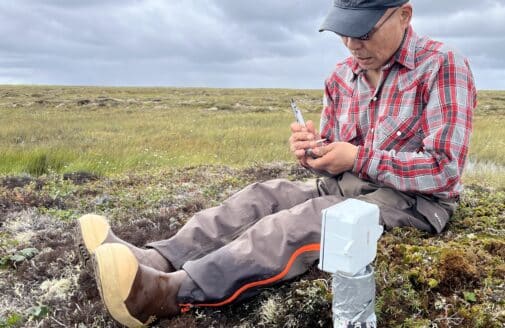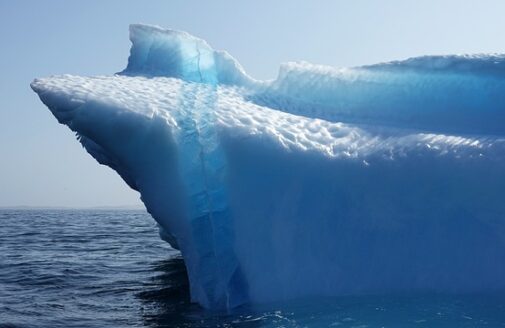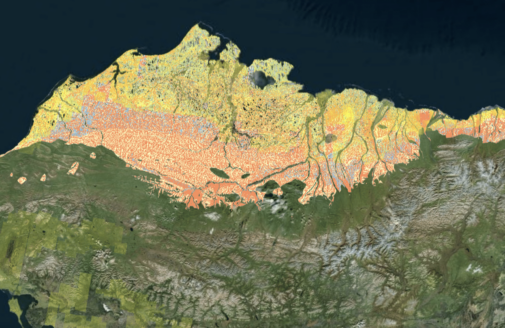Valuing Indigenous knowledge in permafrost research
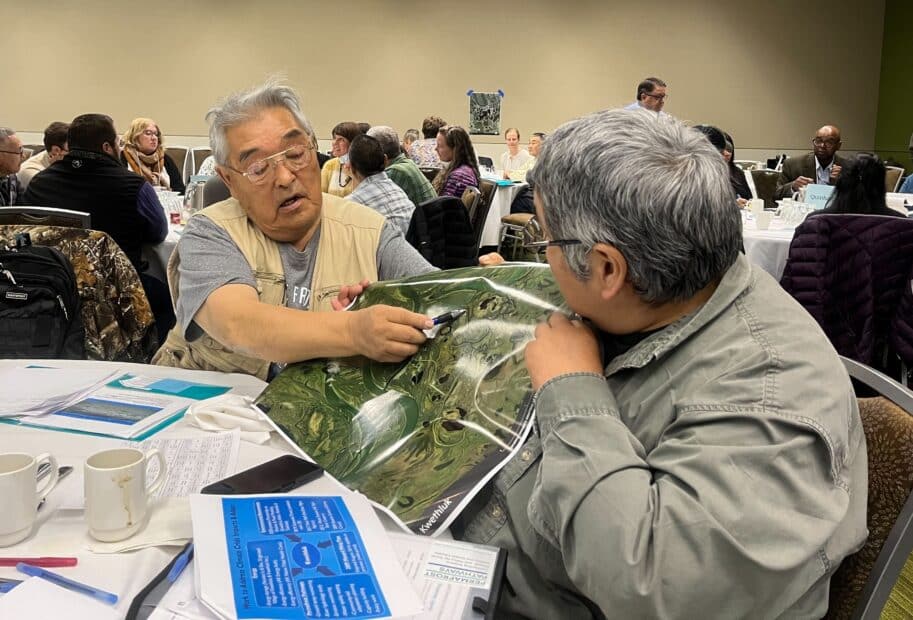
photo by Greg Fiske.
Valuing Indigenous knowledge in permafrost research
In the Canadian Arctic, two ambitious research initiatives try to strengthen climate data through community engagement.
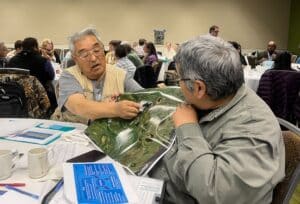
Over the last two years, Emma Street has taken trips to Canada’s North to places such as Tuktoyaktuk, a hamlet of less than a thousand people in the Northwest Territories, and Ulukhaktok, a small community on the west coast of Victoria Island. In these remote towns, Street, a Ph.D. student at the University of Victoria, has been meeting with Indigenous community members to learn about the Arctic’s changing landscape and how it is affecting their way of life.
“This is people’s lives and livelihoods and cultural connection,” said Street.
In March, she interviewed Irma and Ernie Francis, a Gwich’in couple who live in Inuvik, a town located about 120 miles north of the Arctic circle. Along the Mackenzie River, they saw houses sinking, the ground eroding beneath them. Community members shared how they’ve had to relocate due to the damage caused to their houses.





